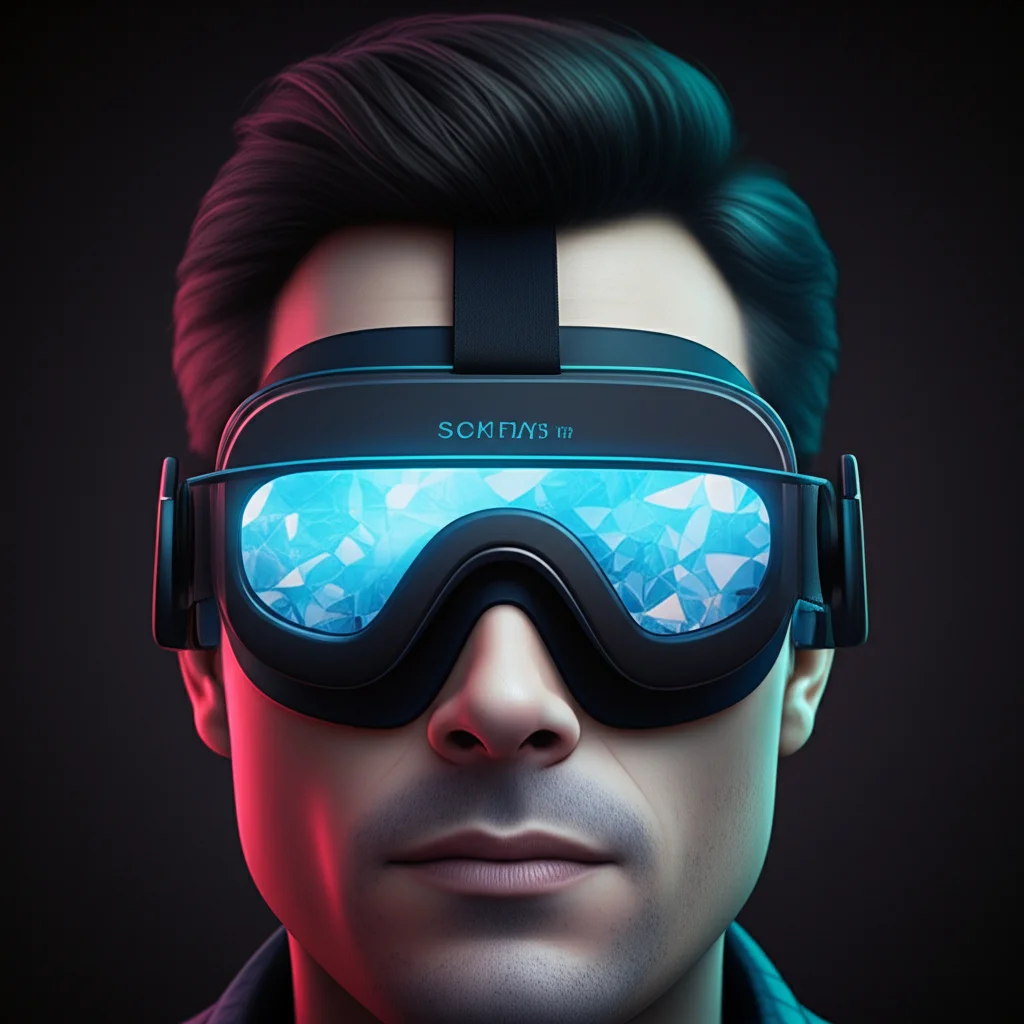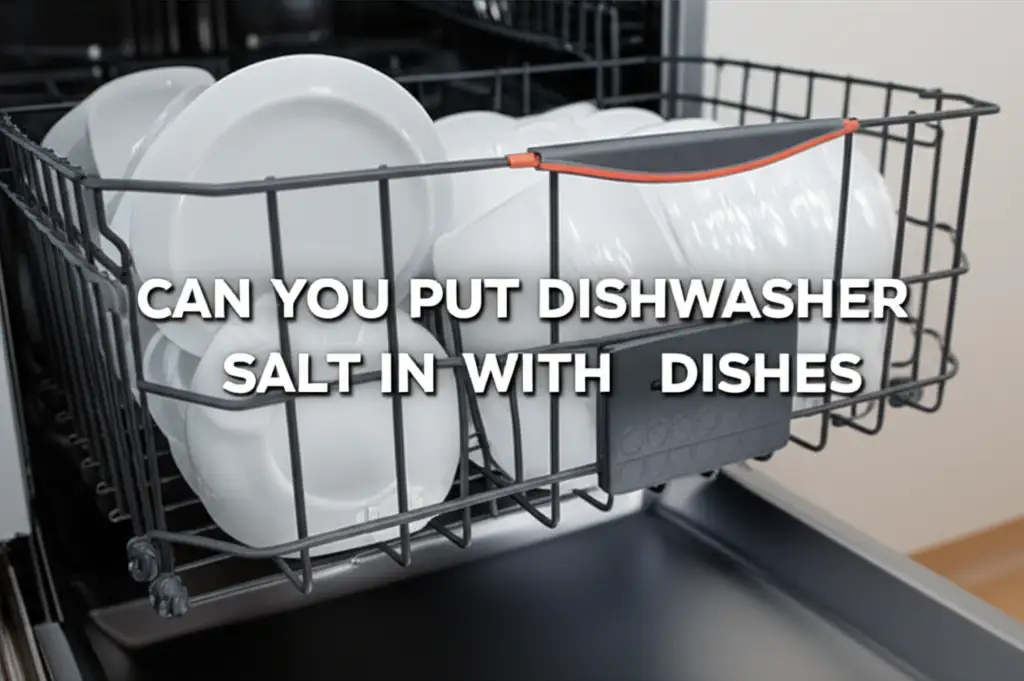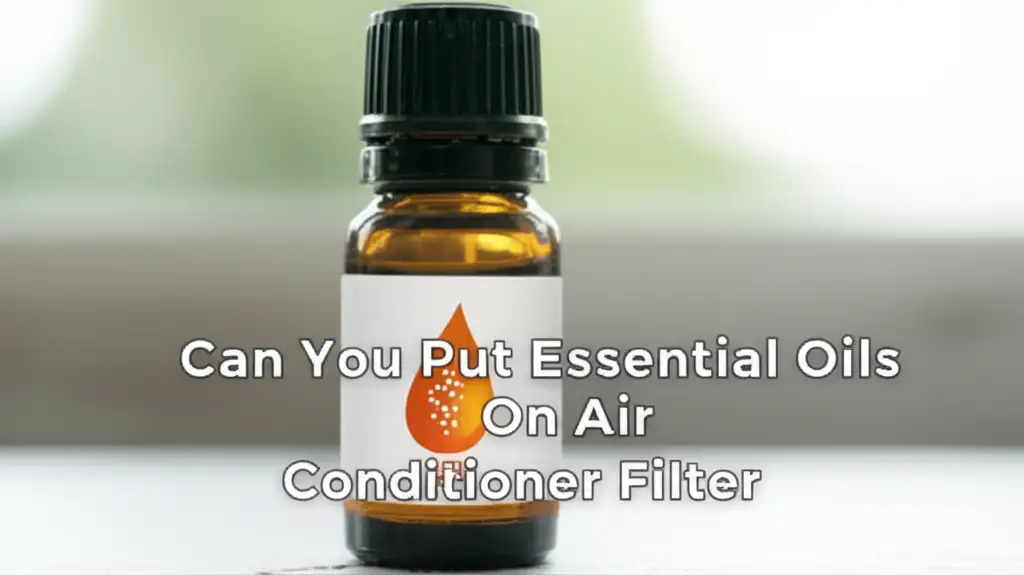· Todd Martin · Tech Care · 17 min read
How To Clean Oculus Face Pad

Restore Freshness: How to Clean Your Oculus Face Pad
Stepping into virtual reality offers amazing experiences. We fly, battle, and explore new worlds. This immersive fun often means sweat and grime build up on your headset. Specifically, the Oculus face pad absorbs a lot. Maintaining a clean Oculus face pad is important. It ensures comfort, hygiene, and a clear view.
A dirty face pad can cause skin irritation. It might also smell bad over time. Plus, grime can block sensors or lenses. A clean face pad keeps your VR sessions pleasant. It also helps your headset last longer. This article guides you through cleaning your Oculus face pad safely and effectively. You will learn about different materials and proper care steps. I will share tips to keep your headset fresh for every adventure.
Takeaway:
- Identify your face pad material for proper cleaning.
- Use gentle cleaners and soft cloths.
- Spot clean fabric pads; wipe silicone/PU leather.
- Allow pads to air dry completely before reattaching.
- Clean your face pad regularly to prevent grime build-up.
To clean your Oculus face pad, first identify its material. For fabric or foam pads, gently spot clean with mild soap and water. For silicone or PU leather, wipe with a damp, soft cloth and mild disinfectant. Always let the pad air dry completely.
Understanding Your Oculus Face Pad Material
Before you clean your Oculus face pad, know what it is made of. Oculus face pads come in different materials. Each material needs a specific cleaning method. Knowing your pad material prevents damage. It helps you pick the right cleaning products.
Foam and Fabric Face Pads
Many older Oculus models, and some newer ones, use foam or fabric. These materials are soft and breathable. They absorb sweat quickly during VR use. This absorption makes them comfortable. However, it also means they can harbor bacteria and odors. Foam pads need gentle care. Harsh scrubbing or strong chemicals can damage them. They can break down the foam structure. Always check the texture. If it feels like a soft cushion, it is likely foam or fabric.
Silicone Face Pads
Silicone face pads are a popular upgrade. They offer a smooth, non-absorbent surface. Silicone is durable and easy to wipe clean. It resists sweat and oils well. This material does not soak up liquids. This makes it more hygienic for shared use. Silicone pads are flexible. They can be removed easily for cleaning. You will find these on many newer Quest 2 and Quest 3 headsets. They often feel slightly rubbery.
PU Leather Face Pads
PU leather pads mimic real leather. They often have a soft, premium feel. This material is also non-absorbent, similar to silicone. It is usually durable and easy to wipe down. PU leather can crack or peel if exposed to harsh cleaners. Water can also cause issues if it gets under the surface. Many third-party face pads are made from PU leather. Check the product description or feel for a smooth, coated surface. Knowing which material you have is the first step to proper cleaning.
Gathering Your Cleaning Supplies
Cleaning your Oculus face pad does not require many special tools. You likely have most items at home. Using the correct supplies protects your headset. It ensures a thorough clean without causing damage. I find it important to gather everything before starting. This makes the cleaning process smooth.
Essential Cleaning Agents
You need gentle cleaning agents. A mild soap is perfect for most materials. Dish soap, like Dawn, works well. Mix a small amount with water. Isopropyl alcohol wipes (70% concentration) are also useful. They disinfect surfaces effectively. These wipes dry quickly, which is a plus. Do not use abrasive cleaners or harsh chemicals. They can degrade materials and coatings. Avoid anything with bleach or strong solvents. These can cause discoloration or damage. Remember, mild solutions are always best for sensitive electronics accessories.
Soft Cleaning Tools
Soft cloths are a must. Microfiber cloths are ideal. They are lint-free and highly absorbent. These cloths lift dirt without scratching. Avoid paper towels or rough cloths. They can leave fibers or scratch the pad surface. Small, soft brushes, like a clean, soft-bristle toothbrush, can reach tight spots. Cotton swabs are also good for tiny crevices. You will also need a bowl for your cleaning solution. A spray bottle can help apply the solution evenly. Always use clean tools to avoid transferring dirt. Good tools make a big difference in the outcome.
Water Quality
Use distilled or filtered water if possible. Tap water can contain minerals. These minerals may leave water spots. Hard water can also build up residue. This is especially true if you are rinsing the pad. A clean, purified water source ensures a spot-free finish. This step helps maintain the look of your face pad. It contributes to overall cleanliness. By gathering these simple items, you are ready to give your Oculus face pad the care it needs.
Step-by-Step Cleaning Guide for Fabric/Foam Face Pads
Cleaning fabric or foam Oculus face pads requires a gentle approach. These materials absorb sweat. This means they need careful cleaning to prevent odors. Follow these steps to clean your pad safely. I always make sure to be gentle with these types of pads.
Removing and Spot Cleaning
First, carefully remove the face pad from your Oculus headset. Most pads snap or unclip easily. Check your headset’s manual if you are unsure. This prevents water from getting into the electronics. Next, prepare a mild cleaning solution. Mix a tiny amount of mild dish soap with distilled water in a bowl. Dampen a clean microfiber cloth with this solution. Do not soak the cloth. It should be just damp. Gently blot the soiled areas on the fabric or foam. Work in small sections. Do not rub vigorously. Rubbing can damage the fabric or tear the foam. Focus on areas with sweat marks or makeup stains. If you have particularly stubborn spots, you might need to repeat this step a few times. For general cleaning, wiping the entire surface lightly works well. Avoid using too much liquid. The goal is to lift dirt, not saturate the pad. Think of it like cleaning a delicate rug pad; gentleness is key to preserve the material. To learn more about gentle cleaning, you can check out tips for cleaning a rug pad.
Rinsing and Drying the Pad
After spot cleaning, rinse your microfiber cloth with plain, clean water. Wring it out very well. It should be almost dry. Then, gently wipe down the cleaned areas again. This removes any soap residue. Residue can attract more dirt later. It can also irritate your skin. Repeat this step if necessary until all soap is gone.
Drying is a critical step for foam and fabric pads. Squeeze excess water gently from the pad if it is removable and soaked. Do not twist or wring it harshly. Lay the pad flat on a clean, dry towel. Allow it to air dry completely. Place it in a well-ventilated area. Direct sunlight or heat sources can damage the material. It can take several hours, or even overnight, for the pad to dry. Make sure it is bone dry before reattaching it to your headset. A damp pad promotes mold growth. Patience here ensures your pad lasts longer.
Cleaning Silicone or PU Leather Face Pads
Silicone and PU leather face pads are generally easier to clean than foam or fabric. Their non-porous surfaces resist absorption. This makes them more hygienic. I prefer these materials for easy maintenance.
Simple Wipe Down for Daily Grime
For regular cleaning, a simple wipe-down is often enough. Remove the face pad from your Oculus headset. Prepare a cleaning solution of mild soap and warm water. You can also use a pre-moistened disinfectant wipe. Make sure the wipe is gentle and does not contain harsh chemicals. Dampen a clean microfiber cloth with your soap solution. Gently wipe the entire surface of the silicone or PU leather pad. Pay attention to areas where your skin touches. These include the forehead and cheek areas. For grime or makeup stains, apply slightly more pressure. These materials are durable. They can handle a bit more wiping. Make sure to clean all crevices and edges. Silicone can get sticky if not cleaned often. PU leather can show oil marks.
Disinfecting and Removing Stains
To disinfect, use an alcohol wipe with 70% isopropyl alcohol. Wipe the entire surface of the pad. Isopropyl alcohol evaporates quickly. It kills most germs without harming the material. You can also use a small amount of household disinfectant. Always check the product label first. Ensure it is safe for plastics or coated surfaces. Apply it to your cloth, not directly to the pad. For stubborn stains, like makeup or hair dye, you might need a stronger approach. A small amount of rubbing alcohol on a cotton swab can target specific spots. Gently rub the stain until it lifts. Be careful not to rub too hard on PU leather. Excessive friction can damage the coating. If you have oil-based stains, a tiny dab of mild degreaser might help. Always test any new cleaning agent in a small, hidden area first. This prevents accidental damage. Understanding how to clean different types of plastic and coated surfaces helps here. For more specific advice on cleaning stains from plastic, see this guide.
After cleaning, wipe the pad again with a clean, damp cloth. This removes any cleaner residue. Then, let the pad air dry completely. These materials dry much faster than foam. Always ensure it is dry before putting it back on your headset.
Dealing with Stubborn Stains and Odors
Even with regular cleaning, your Oculus face pad can develop stubborn stains or unpleasant odors. These usually come from sweat, makeup, or even mildew. It is important to address these quickly. I have found certain methods work best for these issues.
Tackling Persistent Stains
Persistent stains often come from makeup, sweat, or food spills. For these, a targeted approach helps. Create a slightly stronger solution of mild soap and water. You can also use a gentle fabric stain remover for foam pads. Apply a small amount to a clean cloth. Dab the stain directly. Let it sit for a few minutes. Then, gently rub the area in small circles. Rinse the cloth and wipe the area clean. Repeat as needed. For silicone or PU leather, stubborn stains might respond to a dab of rubbing alcohol. Apply it to a cotton swab. Gently rub the stain. Avoid soaking the area. Always follow up with a wipe from a damp, clean cloth. This removes alcohol residue. It prevents drying out the material.
Eliminating Unpleasant Odors
Odors are often caused by bacteria or mildew growth. This is common in foam pads that stay damp. To combat odors, a vinegar solution can be effective. Mix equal parts white vinegar and water. Dampen a cloth with this solution. Gently wipe down the face pad. For foam pads, blot the solution onto the pad. Let it sit for 10-15 minutes. Vinegar neutralizes odors. It also kills some bacteria and mold spores. After the vinegar treatment, wipe the pad again with plain water. Then, ensure it air-dries completely in a well-ventilated area. Sunlight can also help sanitize and remove odors naturally. If the odor is severe and smells like mold, you may have actual mold growth. You can find more information on how to clean mold with vinegar if this is the case.
Another option for odors is a baking soda paste. Mix a small amount of baking soda with water to form a paste. Apply it to the smelly area. Let it sit for a few hours or overnight. Baking soda absorbs odors. Brush off the dried paste. Then, wipe with a damp cloth. Always ensure the pad is completely dry before using it again. Proper drying prevents new odors from forming.
Drying and Reattaching Your Oculus Face Pad
Proper drying is a crucial step in cleaning your Oculus face pad. It prevents mold, mildew, and lingering odors. Reattaching it correctly ensures comfort and proper fit. I always make sure my pad is completely dry before putting it back on.
Ensuring Complete Drying
After cleaning, your face pad must dry fully. This is especially important for foam or fabric pads. These materials can hold moisture. If moisture stays, mold and mildew can grow. This creates bad smells and can harm your skin. Place the cleaned face pad on a clean, dry towel. Lay it flat. Do not hang it, as this can stretch or deform it. Put it in a well-ventilated area. A fan can help speed up drying. Avoid direct sunlight, as strong UV rays can degrade materials over time. Do not use a hairdryer or other heat sources. High heat can shrink, warp, or melt the pad. Depending on humidity, drying can take several hours or even overnight. Feel the pad all over. Press it lightly. Make sure there is no dampness at all. It must feel completely dry to the touch. This patience prevents problems later.
Correct Reattachment Steps
Once the face pad is completely dry, you can reattach it to your Oculus headset. This step is usually straightforward. Most Oculus face pads snap into place. They have plastic clips or magnetic attachments.
- Align the Pad: Look at the shape of the face pad. It matches the contour of your headset. Align the top edge first.
- Locate Clips/Magnets: Find the small clips or magnetic points on the back of the face pad. These correspond to slots or magnets on the headset’s frame.
- Press Gently: Start at one end and gently press the pad into place. You should hear soft clicks as the clips engage. Or feel the magnets pull it in. Work your way around the entire perimeter. Ensure every clip or magnet is secured.
- Check Fit: Once attached, gently pull on the edges of the pad. It should feel secure. It should not wiggle or come loose easily. Check for any gaps between the pad and the headset. Gaps can let light in or cause discomfort.
- Test Comfort: Put the headset on. Ensure the face pad sits comfortably against your face. It should feel snug and even. If it feels lopsided, remove it and reattach.
Proper reattachment ensures your VR experience is comfortable. It also protects the sensitive internal components of your headset from dust or debris. Take your time with this step for the best results.
Maintaining Face Pad Hygiene: Best Practices
Regular cleaning is key to a long-lasting and hygienic Oculus face pad. Beyond deep cleaning, daily habits make a big difference. These practices ensure your VR experience remains fresh and healthy. I make these steps part of my routine.
Establishing a Cleaning Schedule
Create a consistent cleaning schedule. How often you clean depends on your usage. If you use your Oculus headset daily, a quick wipe-down after each session is ideal. This removes immediate sweat and oils. A deeper clean every week or two is also a good idea. This prevents grime build-up. If multiple people use the headset, clean it more frequently. Clean it after every user. This prevents the spread of germs. Consistency keeps the pad fresh. It prevents stains from setting in. A routine saves time in the long run. It also protects your investment. Consider adding this to your general tech cleaning schedule.
Using VR Covers and Accessories
VR covers are excellent for hygiene. They act as a barrier between your face and the pad. Most covers are made of silicone, PU leather, or washable cloth. They are easy to remove and clean. Many covers are machine washable. This is much simpler than cleaning the original face pad. Silicone covers fit over your existing pad. They are great for sweaty games. PU leather covers offer a soft, wipeable surface. Disposable covers are also available for shared headsets. They offer maximum hygiene for public use. Using a cover extends the life of your original face pad. It keeps the original pad cleaner for longer. This reduces the need for frequent deep cleaning.
Personal Hygiene and Sharing Headsets
Personal hygiene plays a significant role. Always wash your face before using your VR headset. This removes makeup, oils, and dirt. It reduces what transfers to the face pad. If you wear makeup, consider removing it before playing. Or use a VR cover. Avoid eating or drinking messy foods while wearing the headset. Small particles can get trapped in the pad.
When sharing your Oculus headset, hygiene is even more critical. Each person has different skin oils and sweat. Use a disinfectant wipe on the face pad between users. This is where disposable covers shine. They offer a clean surface for each person. Educate friends or family on basic headset hygiene. This helps maintain a clean experience for everyone. Proper care extends to all parts of your VR setup. For instance, cleaning other accessory straps also contributes to overall hygiene. You can learn more about how to clean Oculus Quest 2 straps for a complete headset refresh. These simple steps create a cleaner, more enjoyable VR environment for all users.
Frequently Asked Questions
How often should I clean my Oculus face pad?
Clean your Oculus face pad after every few uses or daily if you sweat a lot. If multiple people use the headset, clean it after each user. A deeper clean every week or two is good for preventing grime and odors. Regular light cleaning prevents larger issues.
Can I put my face pad in the washing machine?
No, you should not put most Oculus face pads in a washing machine. This can damage the foam, fabric, or backing material. It can also warp the pad’s shape. Always follow the specific cleaning instructions for your pad’s material. Hand cleaning is always the safest method.
What if my face pad smells bad after cleaning?
If your face pad still smells after cleaning, it might have persistent bacteria or mold. Try a stronger cleaning with a dilute vinegar solution or baking soda paste. Ensure the pad air dries completely in a well-ventilated area. Proper drying is crucial to prevent new odors.
Are disposable VR covers worth it?
Disposable VR covers are very useful, especially for shared headsets. They offer a fresh, hygienic surface for each user. This prevents the spread of sweat, oils, and germs. While they add a recurring cost, they significantly improve hygiene and comfort for multiple users.
Can I use alcohol wipes on all face pad types?
Alcohol wipes (70% isopropyl alcohol) are generally safe for silicone and PU leather face pads. They disinfect effectively. However, use caution with foam or fabric pads. Alcohol can degrade some adhesives or dyes in these materials over time. Always test a small, hidden area first.
How do I prevent my face pad from getting dirty quickly?
To prevent your face pad from getting dirty quickly, wash your face before using VR. Consider using a VR face cover, especially for sweaty games. Wipe the pad down after each use. Store your headset in a clean, dust-free place. Good personal hygiene helps a lot.
Conclusion
Keeping your Oculus face pad clean is a simple yet vital task. It ensures a hygienic, comfortable, and long-lasting virtual reality experience. We have covered the importance of understanding your face pad’s material. You now know the best cleaning agents and tools. We have explored step-by-step methods for different materials. You can now handle stubborn stains and odors. We also discussed proper drying and reattachment.
Remember, a clean Oculus face pad means clearer vision and no skin irritation. It also extends the life of your valuable VR headset. Make regular cleaning a part of your VR routine. Use VR covers for added protection and ease of cleaning. Apply these simple tips. You will enjoy countless hours of immersive, fresh, and clean VR adventures. Start cleaning your face pad today for a better VR journey tomorrow!





